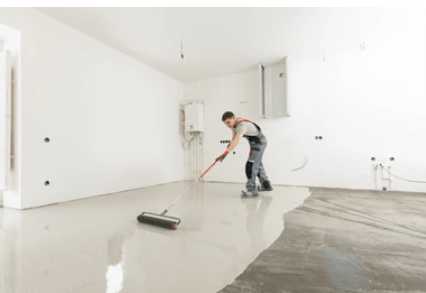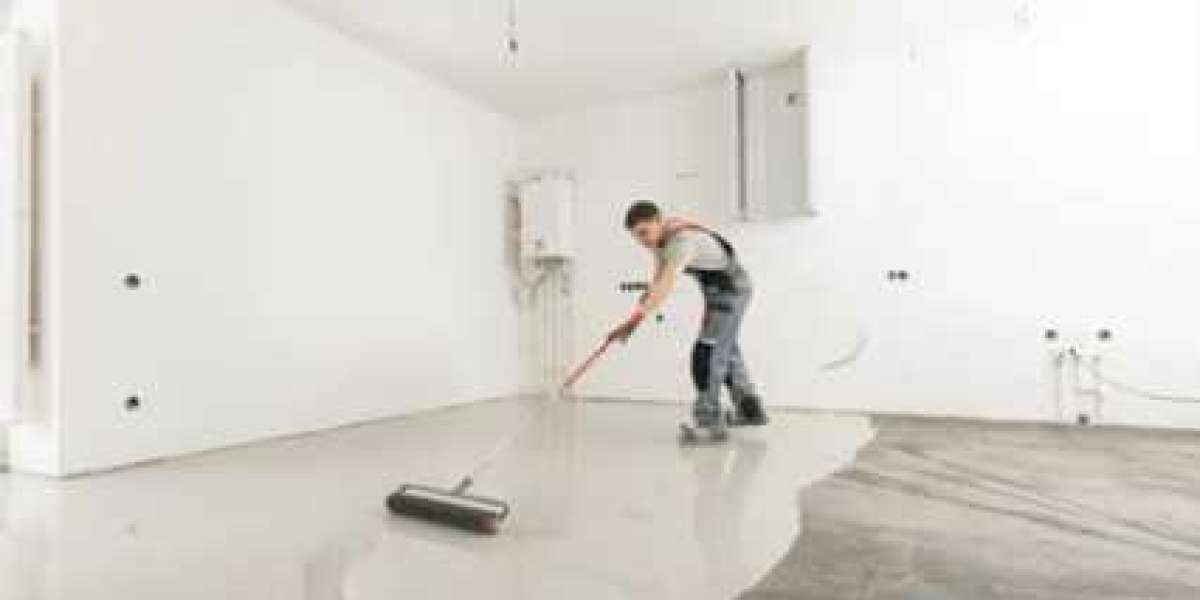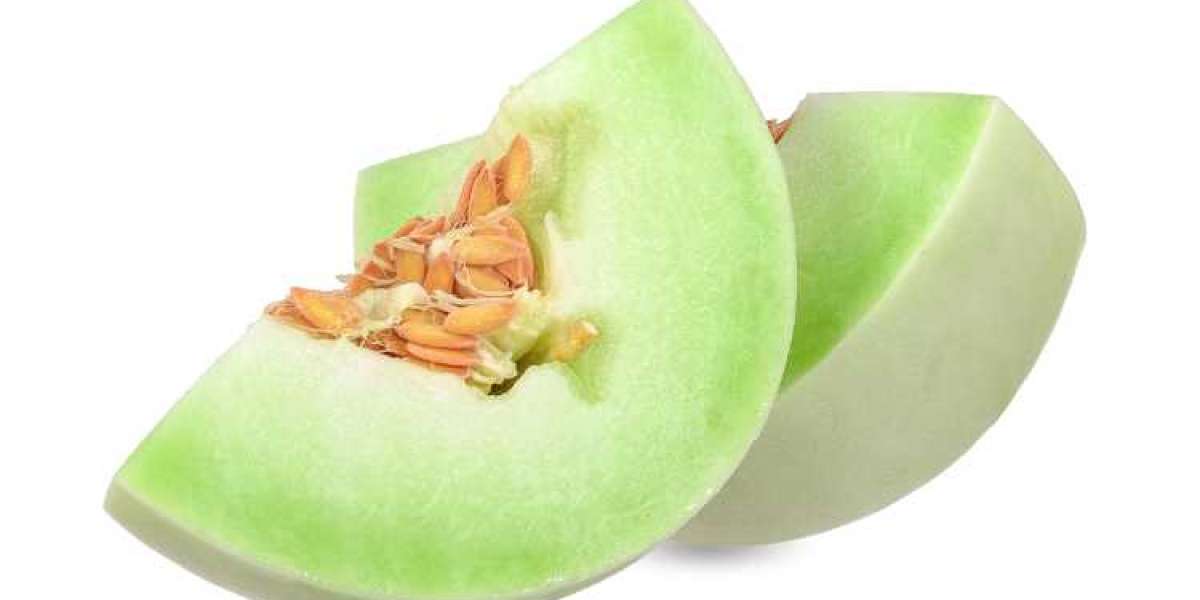When it comes to achieving a flawless and durable floor finish, the role of screed cannot be overstated. Floor screed in East Sussex and liquid screed are essential components in construction and renovation projects, providing the perfect base for various flooring materials.
In this guide, we’ll delve into what screed is, the differences between traditional floor screed and liquid screed, their applications, and the benefits they bring to your project.

What is Floor Screed?
Floor screed is a mixture of cement, sand, and water, sometimes with added aggregates or admixtures, designed to create a smooth, even surface. It’s typically applied over a structural subfloor or insulation layer to prepare the surface for the final flooring material, such as tiles, wood, carpet, or vinyl.
Types of Floor Screed
There are several types of screed, each suited for specific applications:
Traditional Floor Screed
This type of screed is made using a standard mixture of cement and sand, often in a 1:3 or 1:4 ratio. Traditional screed is laid manually and is ideal for smaller areas or projects where precision is not as critical. However, it requires skilled labor for proper application and finishing.
Liquid Screed (Flowing Screed)
Liquid screed, also known as flowing screed, is a more modern solution. It’s a free-flowing mixture, usually made with anhydrite or gypsum and fine aggregates. Liquid screed is poured and self-levels, making it faster and easier to apply than traditional screed. It’s particularly beneficial for larger spaces and areas with underfloor heating systems.
Advantages of Liquid Screed Over Traditional Screed
Faster Application
Liquid screed can be poured quickly, covering large areas in a fraction of the time required for traditional screed. This speed reduces labor costs and project timelines.
Superior Leveling
Due to its self-leveling properties, liquid screed creates an even surface with minimal effort. This results in a perfectly level base for the final flooring material.
Compatibility with Underfloor Heating
Liquid screed is an excellent choice for underfloor heating systems. Its flowing nature ensures it fully encases the heating pipes, providing better thermal conductivity and more efficient heat distribution.
Reduced Shrinkage
Traditional screed can shrink and crack as it dries, requiring careful attention during curing. Liquid screed, on the other hand, has minimal shrinkage, reducing the risk of cracks and imperfections.
Thin Layers
Liquid screed can be applied in thinner layers compared to traditional screed, which can save materials and lower overall costs.
Applications of Floor Screed and Liquid Screed
Residential Projects
Screed is widely used in homes to create a solid and level base for various types of flooring. Liquid screed is particularly popular in modern homes with underfloor heating systems.
Commercial Buildings
Offices, retail spaces, and public buildings often require smooth and durable floors. Screed provides the necessary strength and level surface for heavy foot traffic and commercial flooring materials.
Industrial Spaces
In warehouses, factories, and other industrial facilities, screed ensures the floor can withstand heavy loads, machinery, and constant use.
Renovation Projects
Screed is essential in renovation projects to repair uneven floors, fill gaps, and prepare surfaces for new flooring materials.
Installation Process for Floor Screed and Liquid Screed
While the installation process varies between traditional and liquid screed Cambridge, both require careful planning and execution to achieve optimal results.
Preparing the Subfloor
The subfloor must be clean, dry, and free of debris. Insulation and a damp-proof membrane are often installed before screeding.
Mixing the Screed
For traditional screed, the cement and sand mixture is prepared on-site or delivered pre-mixed. Liquid screed is typically pre-mixed and delivered in ready-to-pour form.
Drying and Curing
Both types of screed require adequate drying time. Traditional screed may take several weeks to fully cure, while liquid screed typically dries faster. Proper ventilation and controlled conditions are essential to prevent cracking and ensure a durable finish.
Key Considerations When Choosing Screed
When deciding between traditional floor screed and liquid screed, consider the following factors:
Project Size
For smaller projects, traditional screed may be more cost-effective. For larger areas, liquid screed is faster and easier to apply.
- Budget
Liquid screed tends to be more expensive upfront, but its efficiency and compatibility with underfloor heating can offset the initial cost.
Flooring Type
Consider the final flooring material and its requirements. Some materials may need a smoother or more level surface, making liquid screed the better choice.








